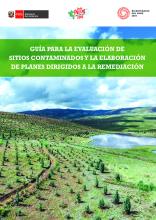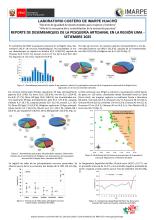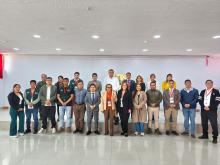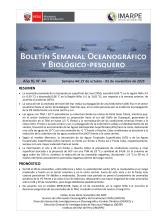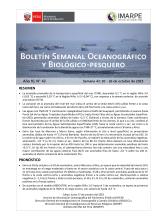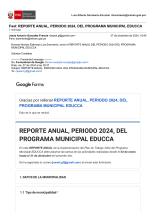Priority areas for biodiversity conservation in mainland Ecuador
Ecuador?s territory harbors a unique set of species and ecosystems, many of them endemic to the countries? territory and subject to different sources of threat of anthropogenic origin. Despite national and subnational conservation strategies developed in Ecuador to conserve its biodiversity in the long run, including the National System of Protected Areas (PANE) and the forest conservation incentive program SocioBosque (PSB), further actions are needed to mitigate and reverse the effects of threats for the persistence of biodiversity. This study was designed to identify the most important areas for biodiversity conservation in mainland Ecuador that can contribute to preserving key species (i.e. endemic, threatened) and ecosystems in the wider landscape, thus complementing current conservation efforts (i.e. PANE). Species distribution models and recent maps were used to identify a set of 744 species and 87 ecosystems as surrogates of the country?s biodiversity. Marxan, a systematic reserve selection algorithm was used to identify important biodiversity areas that could represent between 10% and 20% of the remnant distribution of the surrogates. The optimized solution generated by Marxan included 24% (3.64 million ha) of Ecuador?s remnant vegetation, of which 35% is within the current national protected area system and 13% (456 000?ha) are included within SocioBosque communal and private conservation agreements. Major conservation shortfalls of the PANE were concentrated in the Southern Andes, Central Amazonia, and the Central and Southern portions of the Coastal plain. The incidence of complementary criteria to prioritize conservation strategies, related to climate change, ecosystem conversion, carbon and accessibility, and population density change in relation to the important biodiversity areas was heterogeneous among regions. This confirms the need to implement differentiated conservation and sustainable landscape management strategies. Fourteen priority landscapes were identified based on these important biodiversity areas, including remnant ecosystems considered critical for maintaining large-scale connectivity among regions and preservation of restricted range and threatened species. Further work is needed to expand base information about distribution patterns of biodiversity, improve the representation of endemic and threatened species in conservation strategies, and to fully integrate conservation priorities among a wider set of goals in land use planning exercises at different scales.
|
Ubigeo INEI
|
|---|
|
Fecha de publicación
|
|
País de origen de la Publicación o Recurso
|
|
Ruta para intercambio de datos
internal:/Cuesta Francisco, Manuel Peralvo, Andr?s Merino-Viteri, Macarena Bustamante, Francis Baquero, Juan F. Freile, Priscilla Muriel and Omar Torres-Carvajal 2017. Priority areas for biodiversity conservation in mainlandEcuador Neotropical Biodiversity 3(1):93-106.
|
|
Repositorio de origen
|



